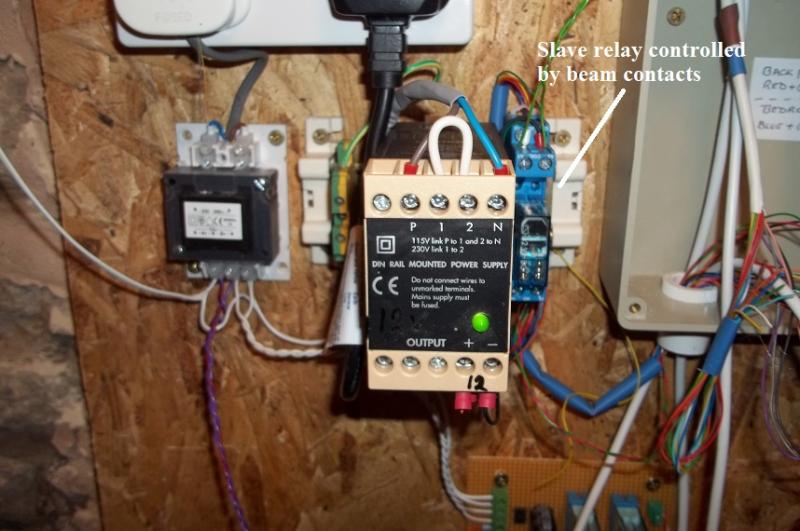Hi guys,
I would like to get some infra-red beams for front driveway security.
I would like these IR beams when tripped to turn on a wall socket. The IR beams product info say they have have a NO/NC type relay output.
Is it possible to take this NO/NC relay output and turn on a wall socket?
Apologies for my limited knowledge in these matters.
Your help very much appreciated.
Thanks.
I would like to get some infra-red beams for front driveway security.
I would like these IR beams when tripped to turn on a wall socket. The IR beams product info say they have have a NO/NC type relay output.
Is it possible to take this NO/NC relay output and turn on a wall socket?
Apologies for my limited knowledge in these matters.
Your help very much appreciated.
Thanks.


